
My use of the ASUS Prime X670E-PRO WiFi AM5 ATX Motherboard (2024)
My thoughts on using the ASUS Prime X670E-PRO WIFI AM5: features, performance, design, and software insights.
Introduction
I recently had the opportunity to build a new PC using the ASUS Prime X670E-PRO WIFI 6E motherboard, which combines high-end specs to accommodate the latest AMD Ryzen 7000 Series processors. Below I cover my initial impressions to performance and software considerations.
Some photos (click to enlarge)
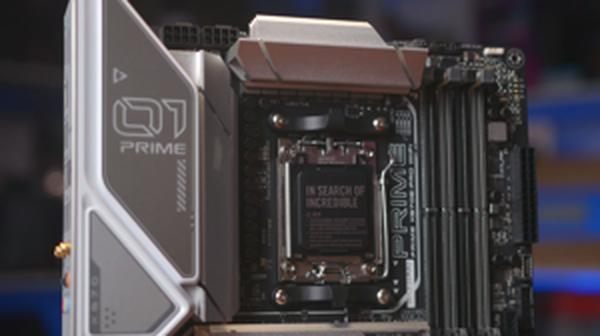
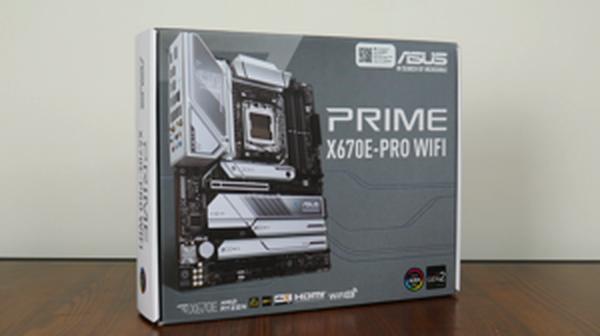
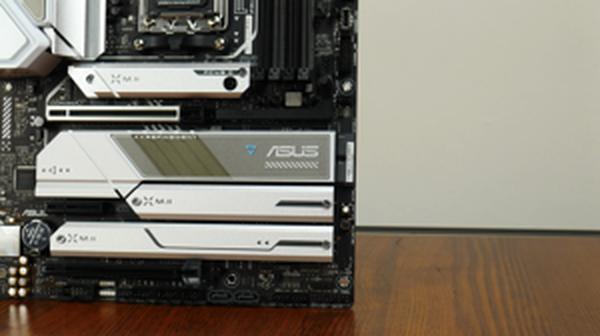
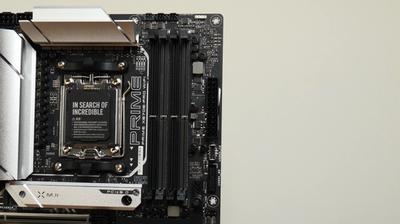
Specs of the ASUS Prime X670E-PRO WiFi Motherboard
- Release Year
- Brand
- Chipset Type
- Compatible Devices
- Compatible Processors
- Cpu Socket
- Memory Clock Speed
- Memory Storage Capacity
- Model Name
- Platform
- Ram Memory Technology
Prices
Initial Impressions and Feature Overview
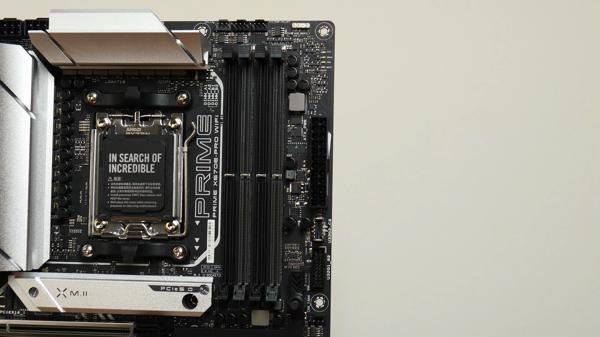
Upon first inspection, the ASUS Prime X670E-PRO WIFI 6E motherboard commands attention with its sleek design, its futuristic black and white finish, and the promise of high-end performance. It’s positioned to be the go-to for users aiming to leverage the latest AMD Ryzen 7000 Series desktop processors via the AM5 socket. My initial excitement was piqued by the robust features geared towards stability and connectivity.
Here's a quick rundown of the key features that stood out to me:
14+2 teamed power stages: This strong power delivery configuration suggests that it can comfortably support high-performance CPUs without batting an eye.
Next-gen connectivity: With PCIe 5.0 and a variety of USB Type-C ports, including a USB4 header, this board is checking all the right boxes for future-proofing.
Comprehensive cooling: The ample VRM and M.2 heatsinks, combined with advanced fan control via Fan Xpert 4, indicate a commitment to keep things cool under heavy loads.
Despite the allure, I couldn’t help but notice a few concerns. The board's reportedly long boot times, attributed to Memory Training, could be a minor inconvenience, although it's something that might be tweakable in the BIOS settings. Another aspect to consider is the single USB 3 header; while not a deal-breaker, it’s something to plan around if your case has multiple front USB 3 ports.
From a design perspective, the Two-way AI Noise Cancelation and the Outshine RGB Aura Effect are interesting additions. The noise cancellation feature enhances communication clarity, a significant plus for gaming and teleconferencing, while the RGB effects cater to those who appreciate a bit of flair in their build – though they can be easily disabled for users preferring a subtler look.
From a personal standpoint, the Q-Latch design and PCIe Slot Q-Release are small but significant qualities that simplify the installation and upgrading process – no tools required. It’s thoughtful touches like this that highlight the user-friendly approach ASUS has taken with this motherboard.
The array of USB ports and the board’s aesthetics are complemented by WiFi 6E and 2.5G Ethernet, addressing both wireless and wired network needs effectively. It's also reassuring to see a brand like ASUS, known for its innovation, behind the product.
Admittedly, the possibility of encountering initial BIOS troubles or the unappealing inclusion of unwanted software out of the box (namely, Armoury Crate) does give me pause. But with diligent BIOS updating and careful configuration, these pains can likely be circumvented.
In summary, the ASUS Prime X670E-PRO WIFI 6E AM5 ATX motherboard seems like a solid foundation for a high-performance PC build, with just a handful of considerations to keep in mind.
Performance and Stability Experience

In my journey with the ASUS Prime X670E-PRO WIFI AM5 ATX Motherboard, I've encountered a mix of pros and cons that are worth noting. Here's a quick rundown:
Pros:
Wide range of connectivity options, including PCIe 5.0 and USB 4.
Sturdy power delivery system with 14+2 power stages for reliable performance.
Excellent cooling with comprehensive heatsinks and M.2 cooling solutions.
Two-way AI Noise Cancellation is a game-changer for clear communication.
Cons:
Initial BIOS issues that required immediate updating.
Concerning DRAM error light at boot which could be unsettling.
Single USB 3 header can be limiting for some users.
Expensive, especially given some of the challenges mentioned.
My experience with the board's performance and stability has been, for the most part, commendable. The robust power design and comprehensive cooling solutions have played a crucial role in maintaining a smooth operation during intense usage. Especially when you're pushing the limits of an AMD Ryzen 7000 Series processor, the board's implementation of 14+2 teamed power stages ensures there's plenty of juice flowing without hitting thermal throttling walls.
One aspect I appreciate is the PCIe 5.0 support. The higher bandwidth is noticeable, and it gives me a sense of future-proofing my setup. However, the real-world transfer speeds are often less than the theoretical maximum, which is something to keep in mind.
Now, for the drawbacks – and there are a few. The BIOS needed an immediate update straight out of the box, which, while not complex, does add an extra step before getting up and running. Also, the motherboard's troubling DRAM error light at boot was frustrating, although it would eventually post. These seem more like teething issues that could be resolved with future BIOS updates.
Cost is another factor. The board isn’t cheap, and when weighing out the benefits against the initial glitches, it can be a bit of a pill to swallow.
In terms of online gaming, whether it’s on Twitch or just a weekend hobby, the Realtek 2.5 Gb Ethernet and WiFi 6E support have been indispensable. The board easily keeps up with the fast pace, and that's without even mentioning the benefits of Two-way AI Noise Cancellation during voice chats.
Lastly, while the board offers a plethora of connectivity options, the limitation of a single USB 3.0 header slightly damped my enthusiasm as I could have used more for front panel connections.
In conclusion, it's not perfect, but the ASUS Prime X670E-PRO WIFI stands as a testament to ASUS's commitment to high-quality, feature-rich motherboards. Navigating its highs and lows has been an experience, but I lean towards a positive outlook as the highs do outweigh the lows.
Cooling and Form Factor Considerations

When it comes to the cooling and form factors of the ASUS Prime X670E-PRO WIFI AM5 motherboard, I've got a few thoughts that I believe are crucial for prospective buyers. In particular:
The cooling system is comprehensive, which is a big deal for stability and longevity.
Its form factor lends itself to clean and modern builds.
Here's a bit more detail:
Firstly, ASUS seems to have placed a lot of emphasis on the cooling architecture. The board benefits from large VRM heatsinks and additional M.2 heatsinks. This is vital, especially considering the heat output from high-performance Ryzen chips. Keep in mind, though, these larger heatsinks could impact your choice of CPU cooler or case size; it's a mild inconvenience for the peace of mind that comes with ensured cooling.
The PCIe Slot Q-Release and M.2 Q-Latch systems are thoughtful touches. There's no need for a screwdriver to install or upgrade key components, which is a convenience I didn't know I needed until now. Quick to install, secure once in place—what's not to like?
However, the form factor warrants attention, too. The ATX size means it will fit in most cases, but the motherboard's layout may cause issues with tight cable management if your case is on the smaller side of compatible. So double-check those dimensions before committing.
Despite these practical features, I'm not overlooking the potential drawbacks:
The memory training on startup extends boot time, which I can see being a slight annoyance over the long term.
The prominent placement of the SATA ports makes them somewhat fragile—an accidental nudge, and it's game over for that port.
In terms of design aesthetics, the motherboard is honestly beautiful—ASUS nailed the sleek, futuristic look. The black and white finish is versatile for different build themes, but here's a heads-up: if you're not a fan of RGB lights, know that they are present but, thankfully, can be disabled in the BIOS setup.
Let's summarize:
Pros:
Comprehensive and robust cooling solutions.
Innovative features for easy installation (Q-Release, Q-Latch).
Sleek and modern aesthetics.
Cons:
Hefty heatsinks can be restrictive with CPU cooler compatibility.
Longer memory training during boot up.
Fragile SATA port positioning.
Overall, the cooling solutions and the sleek design of the ASUS Prime X670E-PRO WIFI make it a compelling choice, especially if you're building a high-performance productivity or gaming setup. Just keep an eye on those few potential inconveniences and make sure they align with your requirements and patience levels.
Software and BIOS Functionality

Navigating the intricate world of motherboard BIOS and software can be daunting, but with the ASUS Prime X670E-PRO WIFI, the journey can be both exciting and occasionally bumpy. Here's a rundown of what I've found from a software and BIOS standpoint:
Ease of BIOS Updating: The USB BIOS FlashBack feature is a godsend, making updates a breeze and ensuring the board runs with the latest enhancements and stability improvements. A quick visit to the ASUS website for the latest firmware and you're good to go. This is crucial, especially for a platform as new as AMD's AM5.
BIOS User Interface: ASUS UEFI BIOS remains one of the more user-friendly in the market. Tweakers and tuners will appreciate the rich array of options, but novices may find the array of settings overwhelming.
Armoury Crate Software: Yes, I found the pre-installed Armoury Crate to be a mixed bag. While helpful for driver updates and system monitoring, the bloatware aspect can be irritating. Thankfully, turning it off is straightforward if you prefer a leaner system.
While the overall software offerings from ASUS are comprehensive, there are marked areas where they fall short of expectations. Firstly, the initial boot times can test your patience. Memory training seems to be the culprit here, and while it can be tweaked within the BIOS, it would be great to see more optimization for speedier startups out of the box.
Another thing you'll notice is the board's predisposition to install additional software automatically. While some users may find this useful, others, like me, may be looking for a no-frills experience. I always advocate combing through the BIOS settings before installing an OS, to head off potential unwanted installations.
The Driver Support stands out as a strong point. Drivers are easily accessible, which I appreciate. It’s essential for making sure all the cutting-edge features of the motherboard function without a hitch, and it's something ASUS generally gets right.
In conclusion, the software and BIOS functionality of the ASUS Prime X670E-PRO WIFI is largely a positive experience, but it comes with its quirks and caveats. Driver support is top-notch, Ease of BIOS Updating is superb, but be prepared to fine-tune settings to dodge bloatware and improve boot times. Your patience and diligence in managing the BIOS and software will pay off in maintaining stability and leveraging the full prowess of this hardware. Overall, I can recommend this board while advising mindfulness around these software nuances.
Comments (0)
Share